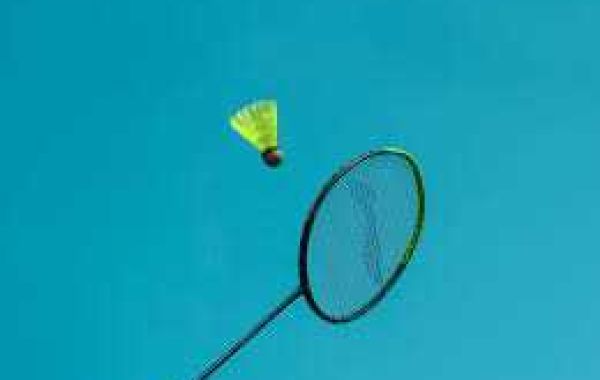The Science Behind Perfection
Crafting the perfect tennis racket requires a deep understanding of materials, engineering, and biomechanics. Manufacturers invest substantial resources in research and development to create rackets that optimize power, control, and comfort.
Material Selection: Modern rackets are typically composed of advanced materials like graphite, carbon fiber, and Kevlar. These materials offer a delicate equilibrium between stiffness for power and flexibility for comfort. A Perfect racket blends these elements to provide a harmonious feel on impact.
Racket Geometry: The racket's head size, length, and weight distribution significantly impact a player's game. A larger head size offers a more generous sweet spot, aiding forgiveness on off-center shots. A balance between length and maneuverability can enhance a player's reach without sacrificing control.
String Technology: Strings are the unsung heroes of a tennis racket. The choice of strings and their tension can drastically alter a racket's performance. Manufacturers experiment with string patterns and compositions to optimize power, spin, and feel.
Dampening Systems: Vibrations from ball impact can lead to discomfort and potential injury. Racket manufacturers integrate dampening technologies to absorb and minimize these vibrations, providing a more comfortable experience for the player.
The Artistry of Design
Beyond the technicalities lies the artistry in crafting the perfect racket. Design considerations not only impact aesthetics but also influence a player's psychological connection to the equipment.
Aesthetic Appeal: The visual appeal of a racket can inspire confidence and create a personal connection for the player. Aesthetics are often influenced by a player's style, personality, and preferences.
Grip Comfort: The racket's grip is the player's direct interface with the equipment. The size, material, and texture of the grip can greatly impact a player's comfort and control, making it an essential aspect of design.
Customization: Manufacturers now offer customization options, allowing players to fine-tune aspects such as weight, balance, and grip size. This personalization caters to individual playing styles and enhances the feeling of owning the perfect racket.
The Human Element: Player Preference
While science and design provide a framework, the ultimate verdict on a perfect tennis racket rests with the player. Each individual's playing style, technique, and physical attributes influence their preference.
Playing Style: Aggressive baseliners might favor rackets that offer power and spin, while all-court players could prioritize versatility and control. Player preference guides the choice between a racket optimized for power, precision, or a balanced blend of both.
Skill Level: Novices might opt for rackets with larger sweet spots for forgiveness, while advanced players might seek rackets that allow for greater shot-shaping precision.
Feel and Feedback: The tactile sensations upon ball impact and the auditory feedback from the racket provide a player with vital information about the shot. The perfect racket delivers a gratifying sensation that complements a player's instincts.
Conclusion
The journey toward finding the perfect tennis racket is a fascinating intersection of science, design, and personal preference. The ideal racket is an amalgamation of advanced materials, engineering prowess, artistic aesthetics, and an intimate connection with the player. As technology continues to advance and player preferences evolve, the pursuit of the perfect racket remains an enduring quest that enhances the game of tennis for players around the world.








